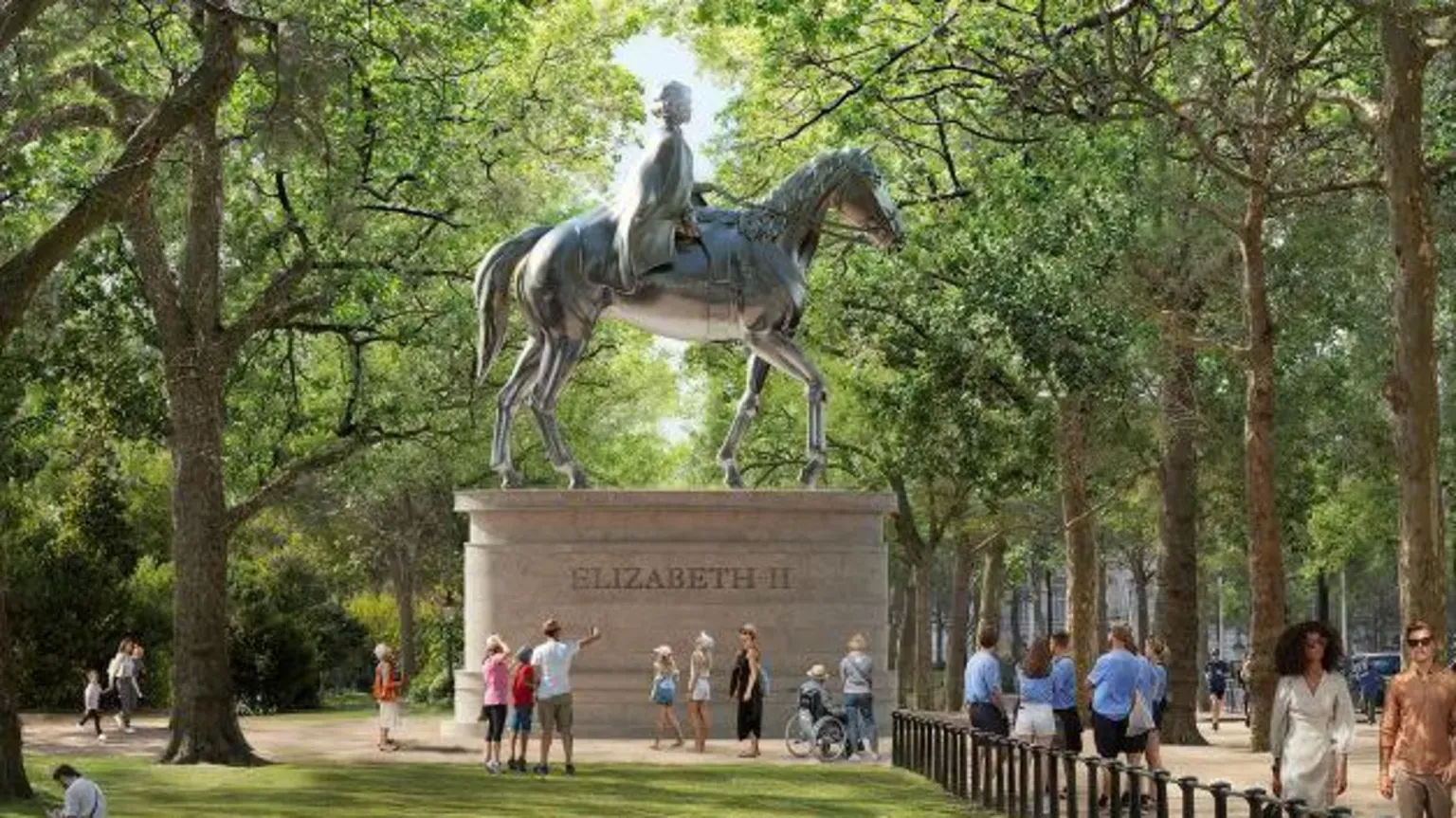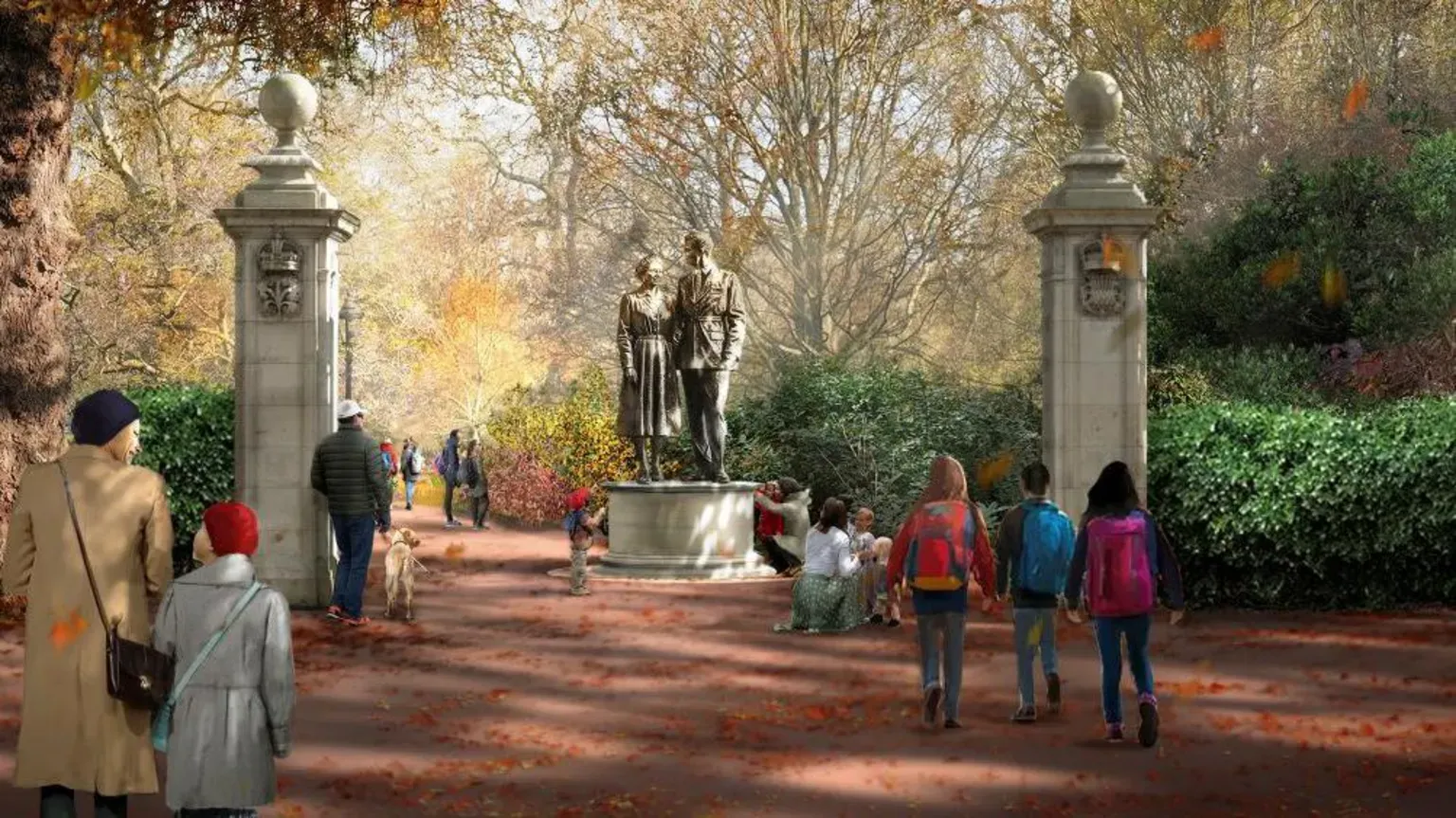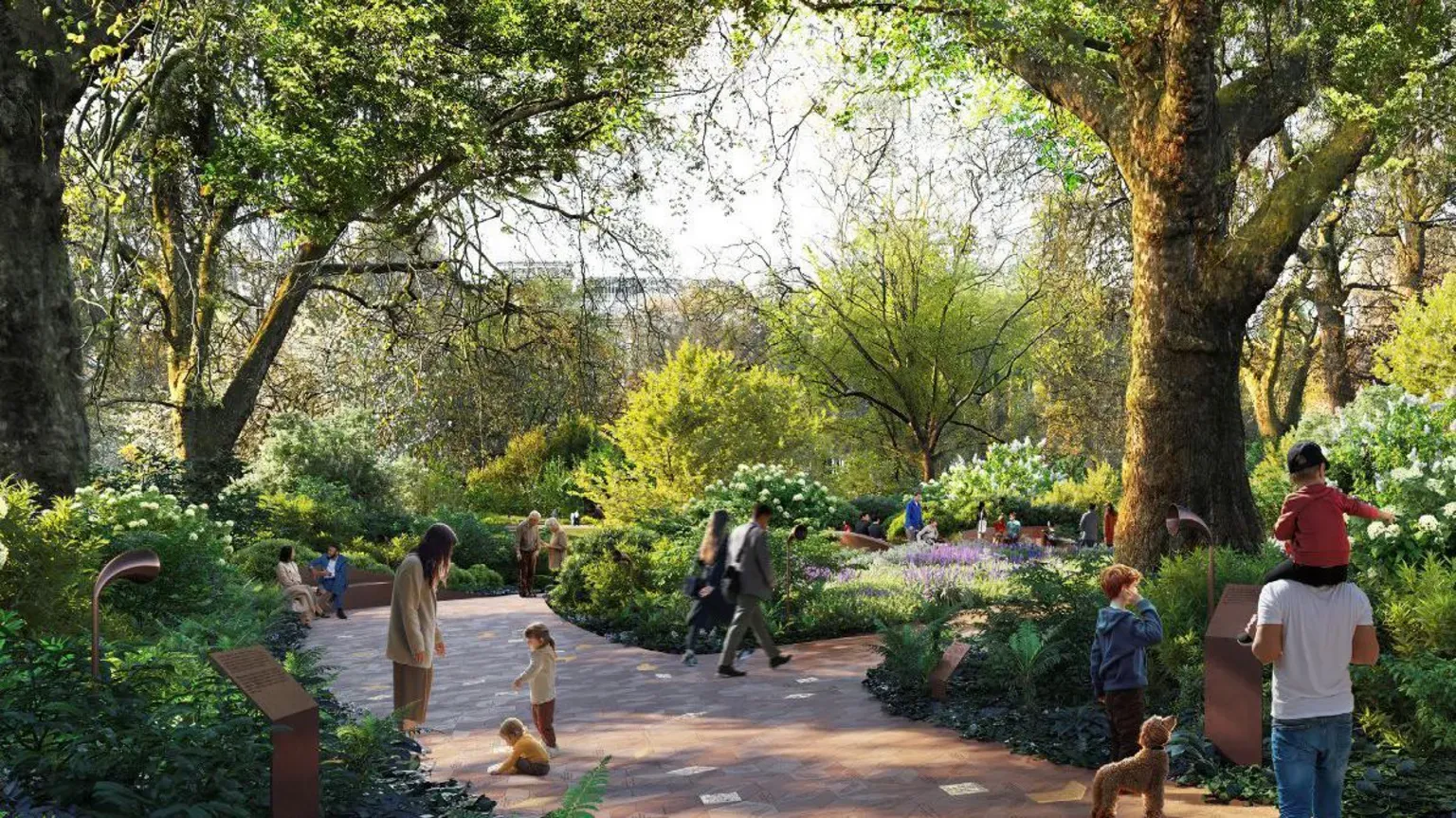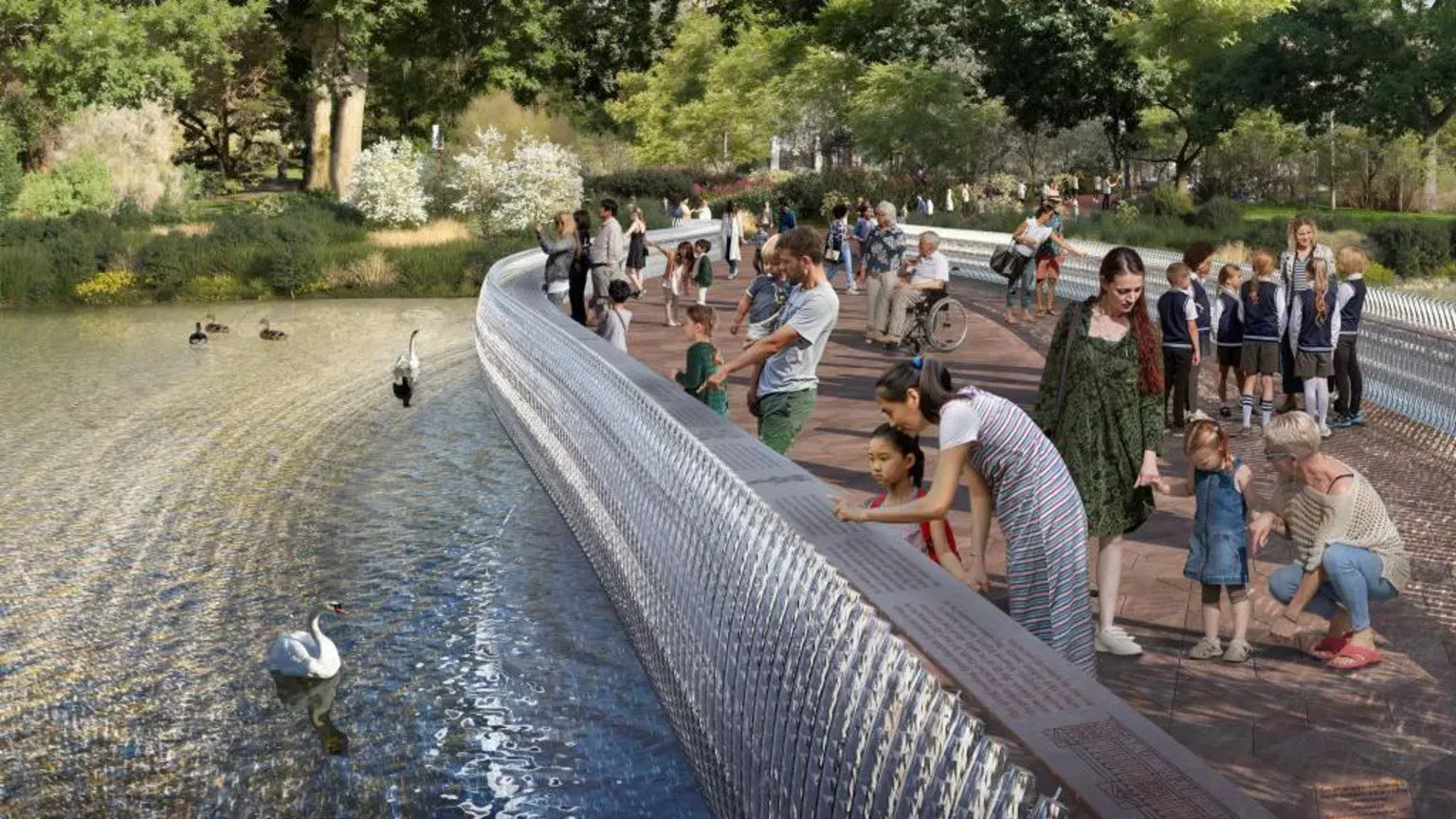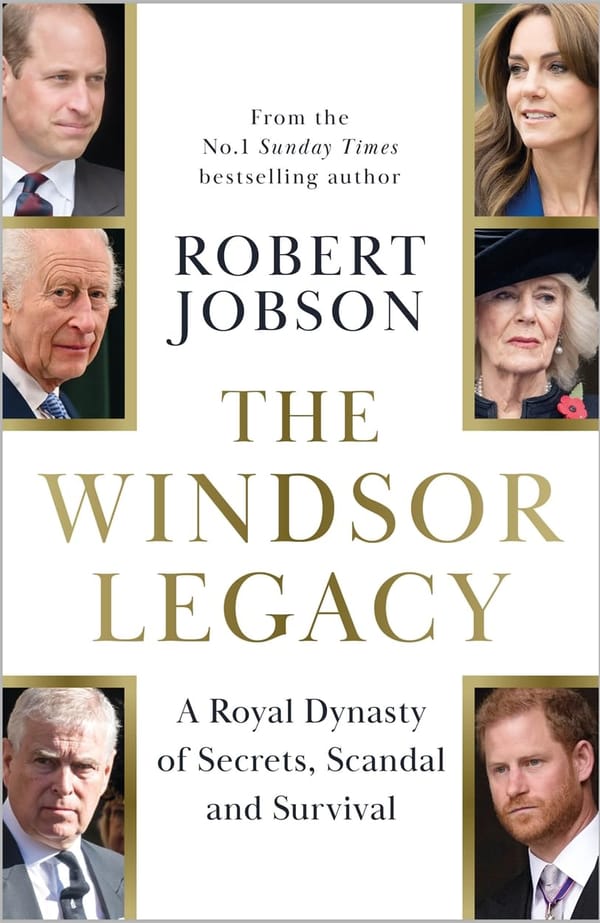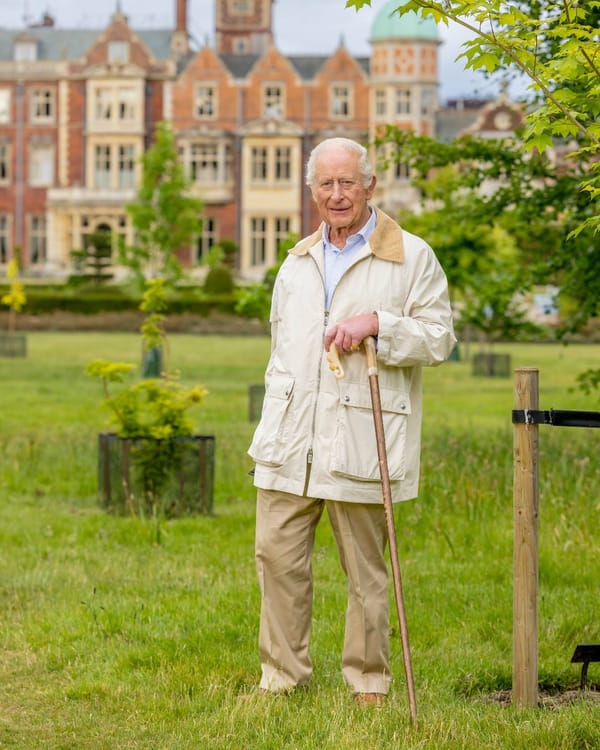A Royal Tribute: Foster's Winning Design for Queen Elizabeth II Memorial Features Tiara-Inspired Bridge
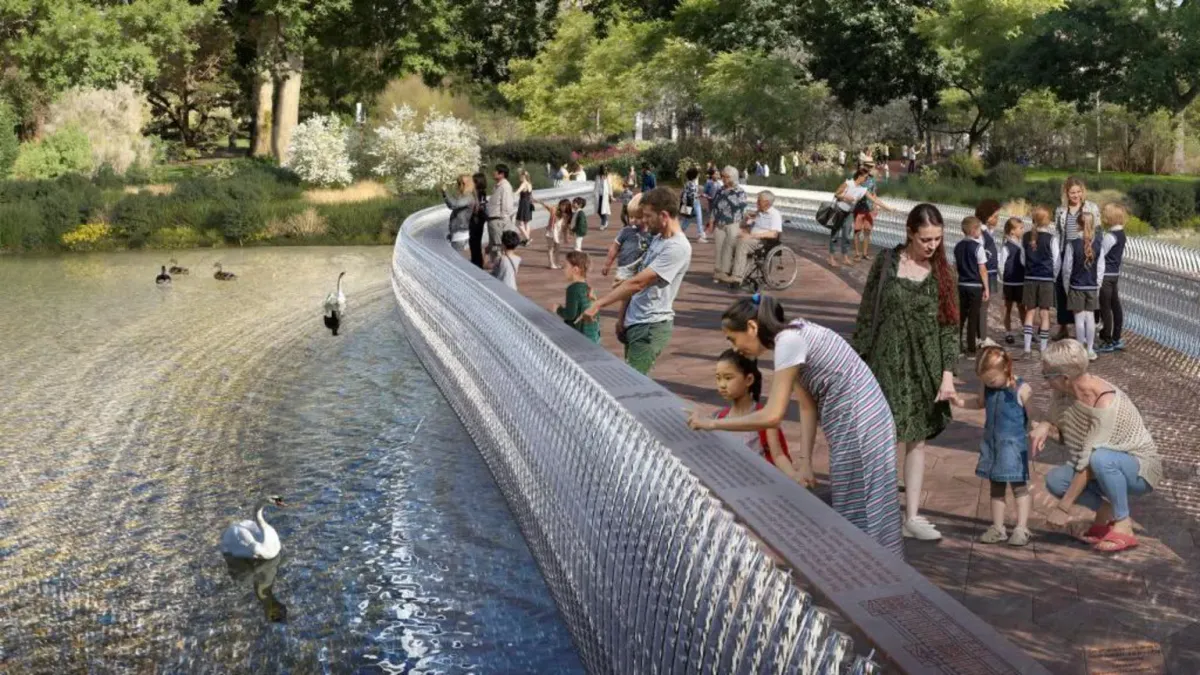
Britain's beloved Queen Elizabeth II will be honoured with a spectacular memorial in St James's Park that captures both her regal elegance and enduring partnership with Prince Philip. The winning design, crafted by renowned architect Lord Norman Foster's team, promises to create a truly British tribute worthy of the nation's longest-serving sovereign.
The centerpiece of this remarkable memorial is an extraordinary bridge featuring a glass balustrade that draws inspiration from Her Majesty's wedding tiara—the very same diamond diadem she wore when she married Prince Philip in 1947. This translucent structure will span the park's pond, creating what Lord Foster describes as a "jewel-like" addition to London's royal landscape.
The bridge's innovative design showcases British engineering at its finest. Constructed to be lightweight yet durable, it can be transported along the Thames and installed with minimal disruption to the park's delicate ecosystem. This thoughtful approach reflects the late Queen's own deep appreciation for nature and wildlife.
What sets this memorial apart is its touching tribute to the royal couple's 73-year marriage. Rather than focusing solely on the Queen, the design honors both Elizabeth and Philip, acknowledging their inseparable bond that captivated the nation for decades. A dedicated statue will feature the couple together, while a separate Prince Philip Gate will serve as another lasting reminder of the Duke of Edinburgh's devoted service.
Lord Foster's team recognized the importance of this partnership, noting the "inseparable quality" between the royal couple that the memorial seeks to capture. This approach feels particularly poignant, given how the Queen spoke of missing her "beloved" husband following his death in 2021.
The memorial's location in St James's Park holds special significance. Positioned where it can be glimpsed from Buckingham Palace—specifically from rooms where the Queen often sat for official portraits—the site creates a meaningful connection between her public and private worlds.
The design encompasses far more than traditional statuary. Newly created gardens will celebrate both the Commonwealth and Britain's diverse communities, while the careful re-landscaping respects the park's existing wildlife and biodiversity. This environmental consciousness reflects modern British values while honoring the Queen's own love of the natural world.
Lord Robert Janvrin, who chairs the memorial committee and served as the Queen's former private secretary, praised the design's balance of "traditional elements and modern elements, informal and formal." This duality seems particularly fitting for a monarch who gracefully navigated seven decades of social change while maintaining the dignity of ancient traditions.
The memorial's multiple components—including the main equestrian statue, the couple's statue, commemorative gardens, and the tiara-inspired bridge—work together to represent what Lord Foster calls the "richness, complexity and many different dimensions" of the Queen's remarkable reign.
While the final sculptor has yet to be chosen, current plans show the Queen depicted on horseback for the main monument—a fitting tribute given her lifelong passion for riding. This traditional approach balances the memorial's more contemporary elements, creating a design that spans generations much like the Queen's own reign.
The project represents a significant investment in preserving royal heritage, with costs estimated between £23 million and £46 million. However, the memorial promises to serve not just as a tribute to one extraordinary woman, but as a gathering place where future generations can reflect on service, duty, and the unique role of monarchy in modern Britain.
As Britain continues to adjust to life after Elizabeth II, this memorial will provide a permanent space for contemplation and celebration. The design's emphasis on accessibility and natural beauty ensures it will serve not just visiting dignitaries, but ordinary Britons who wish to pay their respects to the Queen who dedicated her entire adult life to their service.
Lord Foster, whose architectural achievements include London's Gherkin and the British Museum's Great Court, considers this project an honor that "stretched the boundaries of art and technology." For a nation still mourning its longest-reigning monarch, this memorial promises to be a fitting tribute to a Queen who embodied the very best of British values.
